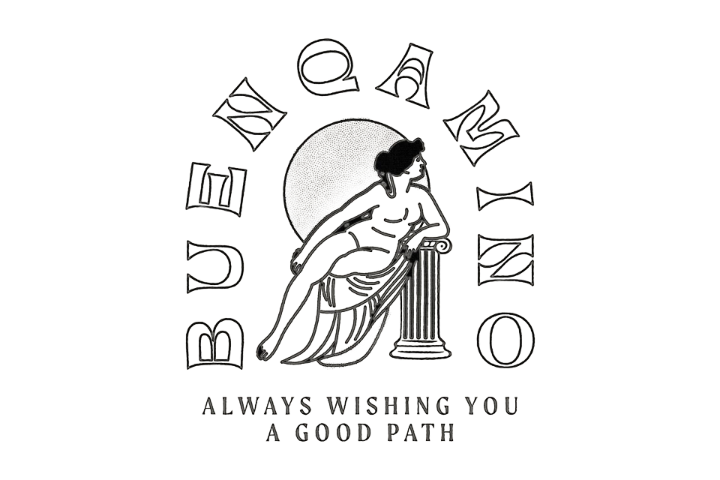Be on the Lookout – Gluten Can Be Hiding Anywhere
We’ve only just begun to scratch the surface when it comes to celiac disease and other forms of gluten sensitivity. In fact, it wasn’t until the 1940s when Dutch pediatrician Dr. William Dicke discovered the link between gluten and diseases.
For those with an intolerance to gluten, a gluten-free diet is prescribed, alleviating most of the common ailments associated with it.
The problem is that 90% of people who supposedly have some form of gluten sensitivity – with a global incidence of about 0.5% to 1% – don’t even know they have it, and go for the better part of their lives misdiagnosed or undiagnosed completely.
Furthermore, Entero Lab, a leading facility in non-celiac gluten sensitivity (NCGS) research, posits that the number of people afflicted with NCGS could be as high as 30% to 40%. Again, most of us wouldn’t even know we have it unless we have ourselves tested.
We know that gluten is a protein found in bread – in wheat, barley, and rye specifically. If only it were as simple as just cutting off bread, pasta, cookies, cakes, pastries, and other foods or ingredients containing gluten-rich grains. The problem is that gluten can be lurking in a lot of other things as well.
Gluten, Sneaky Gluten
See, gluten in bread acts sort of like a binding agent, and this happens when water reacts with flour, giving dough strength and elasticity.
Because of this, gluten makes for an ideal stabilizing agent, and so it has found itself in many other foods and condiments like ketchup, soy sauce, deli meats, as well as personal care products like toothpaste, shampoo, and cosmetics.
And in a way, this is the challenge for people with gluten allergies or gluten sensitivity – up until recently, gluten could be found anywhere. You might think something is gluten-free, but it might slip through an ingredient, or even be cross-contaminated.
Some common culprits with a bit of gluten hidden away include:
Flavoring agents, breadings, soup mixes and bouillons, seasonings, sauces, dressings, and many condiments
French fries (some restaurants coat these with flour or breadcrumbs to make them crispier)
Over-the-counter and prescription drugs and supplements
Lipstick, lip balm, lotions, facial wash, foundations, and other cosmetic products
Envelopes, stickers, and labels
Pet food
Cake decorating supplies
Kids art and craft supplies
In addition, cross-contamination frequently occurs as well – usually in instances where food handlers work with both regular and gluten-free food. So you might just find trace amounts of gluten left behind in:
Kitchens – in pots and pans, dining implements, china, cutlery, glassware, and other implements
Countertops – in deli shops, supermarkets, and other food establishments
Stoves, grills, toasters, and ovens
Salad stations, and buffet stations
Watching Out for Gluten
As it is, the habit of reading labels is a good thing; as long as you know what you’re looking for, gluten won’t sneak past you that easily. For example, some brands of ice cream might be labeled “gluten-free,” but the flavoring used might have malt extracts, and malt is a product of barley. So in this case, you might want to try a different brand.
Fortunately, as the gluten-free market is steadily growing, there are now also better practices in handling food and labeling products.
Of course, your best bet is always to work with fresh produce and single-ingredient items (cross-contamination happens a lot when ingredients are mixed up in the packaging process). Avoiding processed food products and preparing your own food are also good practices, even if there are a lot more gluten-free food alternatives and ready-to-eat food available.
In any case, we know that going gluten-free can be challenging, but it’s a lifestyle change well worth the effort, and anything to make your life transition should always be welcome.
Consult your doctor or your dietitian frequently, keep yourself up-to-date with latest gluten-free best practices through books, podcasts, videos, and online communities, and get your family and friends to join you on your gluten-free journey as well.
To make things easier, experts from medalerthelp.org prepared the following infographic which details everything you need to know about gluten.
Nikola Djordjevic, MD
Coming from Serbia, Nikola is a doctor of medicine who started this project in 2018 out of his passion for helping others, particularly seniors. Apart from reviewing medical alert systems, he also writes a blog dedicated to health, aging, retirement, and other senior-related topics.
Social Media:


